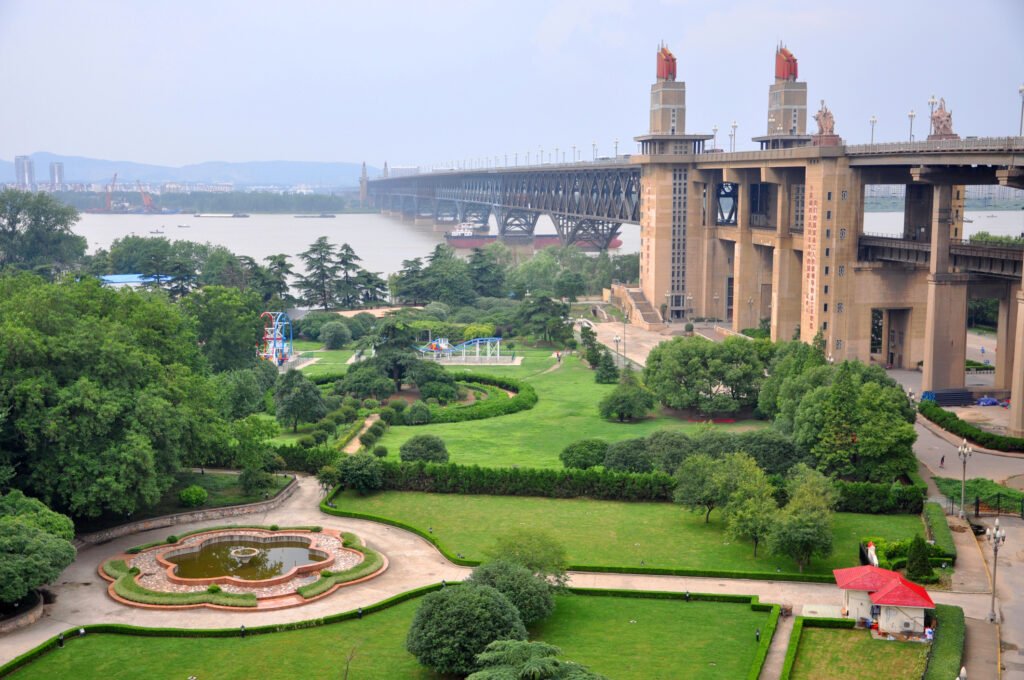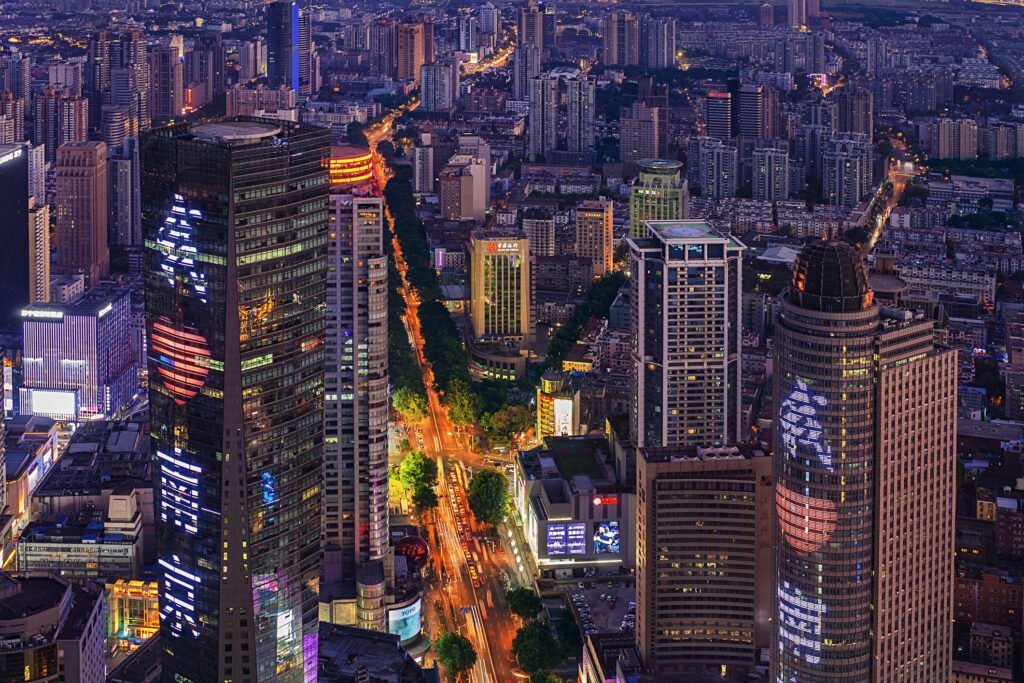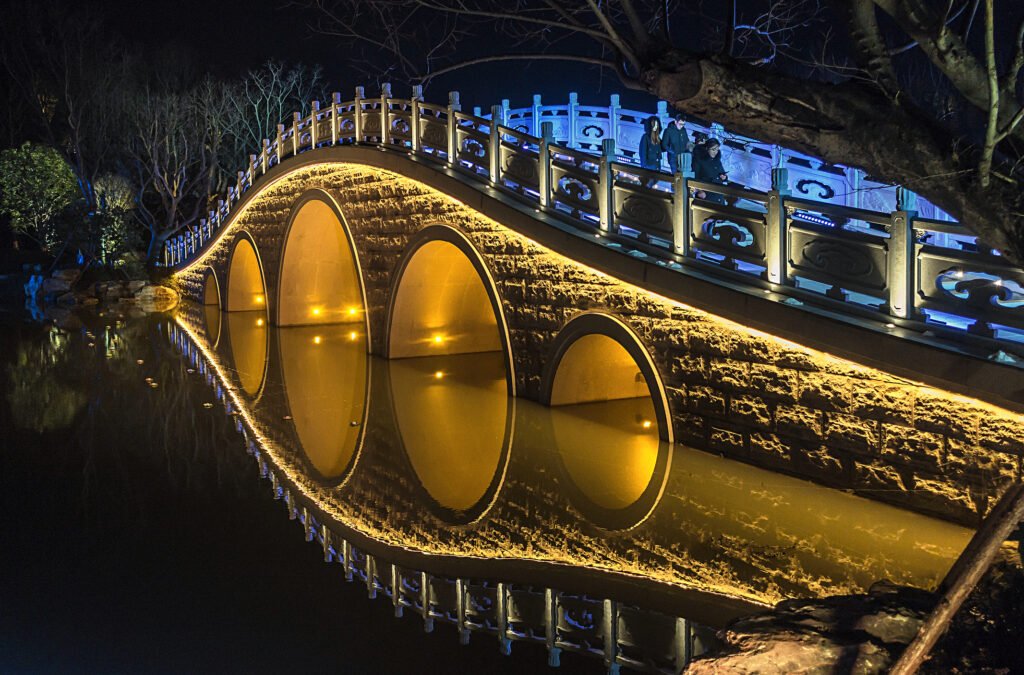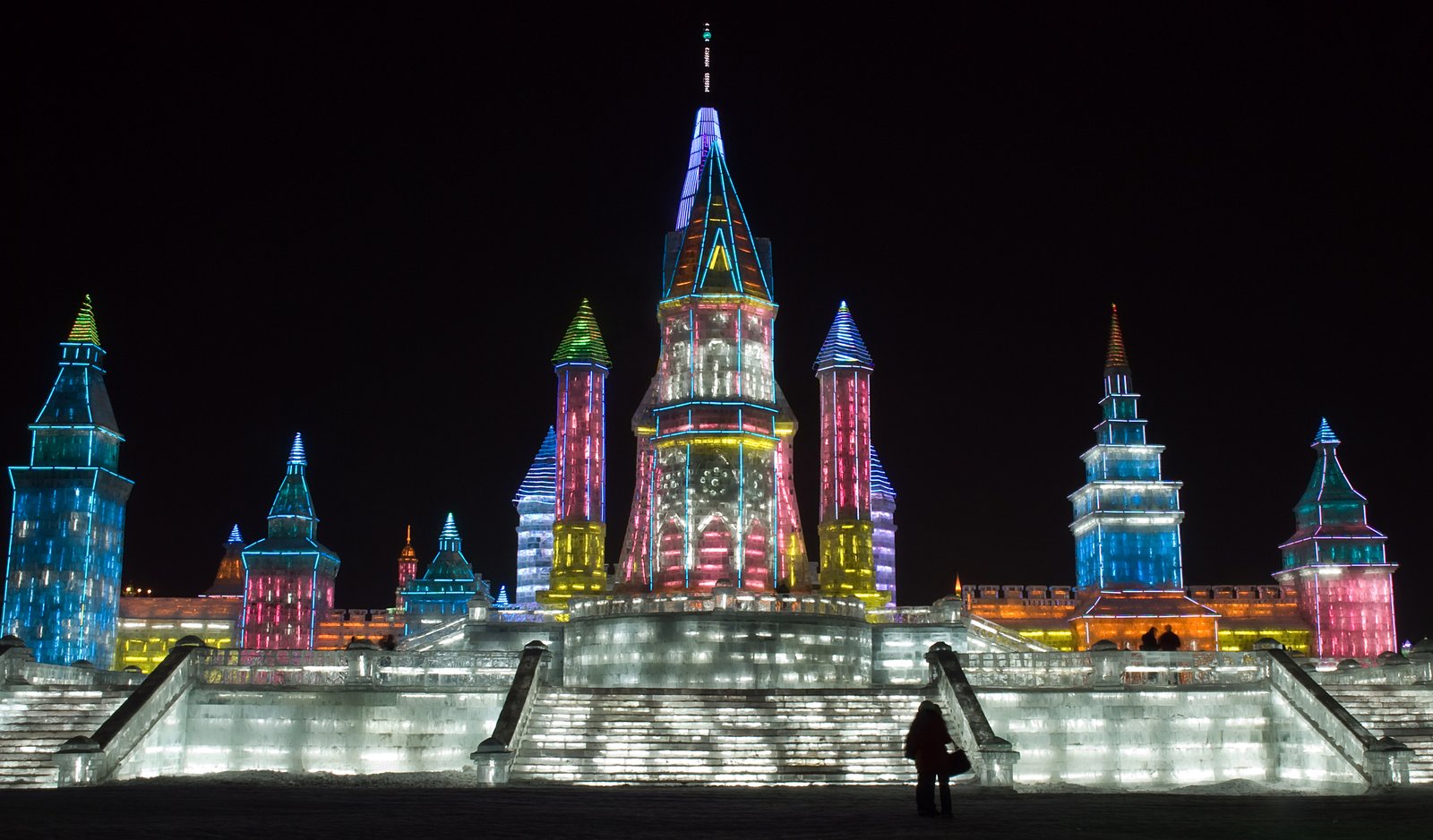
Nanjing, the ancient capital of six dynasties, whispers tales of emperors and poets, scholars and warriors. While its historical significance is widely known, its culinary landscape remains a hidden gem, a subtle yet compelling symphony of flavors that captures the essence of Jiangsu cuisine. This serene city, nestled along the Yangtze River, offers a gastronomic journey as captivating as its storied past. Let’s explore why Nanjing deserves its place among China’s top culinary destinations, delve into its rich history, and uncover the unforgettable food adventures that await within its elegant streets and time-honored kitchens.
Why Nanjing Deserves Recognition as a Culinary Gem
- Imperial Legacy of Refinement: As a former capital, Nanjing’s cuisine has long benefited from being shaped by members of royal families. Its culinary scene, steeped in court traditions, is marked by its precision, detail, and a delicate and complex flavor profile.
- Jiangsu Cuisine at its Finest: As an epicenter of Jiangsu Cuisine, dishes are more than just a meal – they are an experience. The cuisine itself emphasizes the freshness and beauty of each dish.
- A Emphasis on High-Quality Ingredients: Thanks to its fertile area, the region has access to the world’s greatest ingredients, particularly seasonal seafood and produce.
- A Balance of Flavors: Rather than the heavy use of spices found in Sichuan or Hunan cuisine, Nanjing cuisine often embraces a balance that features rich, savory, and subtle notes.
- Seafood and River Cuisine: Bounded by China’s most famous river, seafood dominates many of the region’s most famous dishes, including fresh catches, various fish and soups.
- The Significance of Duck: Peking duck is a staple in Chinese culture. Nanjing is especially well known for its duck dishes as well, which include duck blood soup and Jinling salted duck.
- Sweet Traditions: The region has many sweets and desserts to offer. These sweets offer some of the most unique treats that you can’t find anywhere else in China.
- Vegetarian Heritage: As an area with a long appreciation for Zen Buddhism and local monasteries, vegetarian options are easily found through the region.

Embark on a Culinary Adventure in Nanjing: A Guide for Discerning Food Lovers
Nanjing may lack the fiery spice of Sichuan or the bustling street food scene of Guangzhou, but its charm lies in its understated elegance and nuanced flavors. Here’s how to experience the best of Nanjing’s culinary landscape:
- Visit the Food Street: Located just outside of the Confucius Temple is a street known for its food. There, you can sample local delicacies from many stores.
- Discover Local Treats: Be sure to try the Jinling snacks and sweets, known for their sweet and chewy flavors and unique and fun textures.
- Baiju Tour: Try Baiju, a local liquor drink that is served with an emphasis on the history of the city.
- Explore Authentic Restaurants: Visit local restaurants rather than luxury dining facilities to try some of the local cuisine and support local businesses.
- Try Vegetarian Cuisine: Visit a number of local temples that serve their own versions of Buddhist vegetarian cuisine.
- Enjoy duck dishes: Try the number of duck dishes, including a soup with duck blood.
- Rice exploration: Explore the areas to the north and south, and enjoy rice which is one of the most common food staples in China.
- Sample a Local Feast: Enjoy a traditional seven course meal which is common for local weddings.
A Taste of History: Unraveling Nanjing’s Culinary Tapestry
Nanjing’s culinary history is intricately woven with its identity as a former capital. During its various stints as the center of power, the city has seen its cuisine evolve under different imperial regimes, with every step adding a rich layer to its flavors.
- The Six Dynasties (220-589 AD): As the capital of various dynasties during this era, Nanjing’s culinary scene began to flourish. The influence of the imperial court led to the development of refined dishes and the use of luxurious ingredients.
- The Ming Dynasty (1368-1644): When Nanjing briefly served as the capital of the Ming Dynasty, its wealth and culture grew in wealth, bringing the best chefs and ingredients from around the country.
- Influence of the Yangtze River: Known for its fresh seafood, the region has influenced much of the culinary tradition in the area. Its presence allows for unique local seafood preparations and other dishes.
- Vegetarian Heritage: With the rise of Buddhism, more and more vegetarian options became available, which can still be seen in the many temples with their own cuisine.
- Modernization and Revitalization: In recent decades, Nanjing has rediscovered its culinary heritage. There has been a renewed appreciation for regional ingredients and traditional techniques.
10 Iconic Recipes from Nanjing

- Jinling Salted Duck (金陵盐水鸭): This is probably Nanjing’s most famous dish. Duck is brined in salt and spices, and is not roasted.
- Duck Blood Soup (鸭血粉丝汤): This features clear vermicelli noodles in a hearty and savory broth with duck blood curds.
- Tangbao (汤包): These soup dumplings are traditionally made with crab meat or pork, which adds a savory, fatty taste.
- Vegetarian Dumplings (素饺): A local treat, these dumplings are made with a special soy-based ingredient that mimics the taste of pork.
- Meiling Congee (美龄粥): A local rice meal that was created in the 1930s, often served with a sweet flavor profile.
- Tian Wang Zhou (天堂周) Named after a famous Emperor, this is a thick soup that features various grains, vegetables, and sweet ingredients, with a heavy emphasis on its nutritional value.
- Beef Pot Stickers Local pot stickers made with fresh beef ingredients.
- Dumpling Noodle Soup. A rich dumpling soup that features wheat noodles for its base.
- Bai Ye Jie (百叶结) This is a fresh tofu knot tied into a delicate flavor.
- Xuan Wu Cake (玄武糕) A classic dish from the period where Nanjing was named Xuan Wu. This version is a steamed sponge cake with a distinct honey flavor that melts in your mouth.
Nanjing’s Culinary Scene: A Quiet Masterpiece
Nanjing’s beauty lies in its subtleness. The rich history and carefully prepared dishes make it a unique, but often understated, culinary experience. As you explore, you’ll discover that in Nanjing, food is not just sustenance – it’s a way of life, a connection to the past, and a source of quiet pride. Whether you’re enjoying a bowl of Jinling Salted Duck, exploring the intricate world of vegetarian cuisine, or sipping a cup of local tea in a traditional tea house, Nanjing promises a culinary adventure that will tantalize your taste buds and leave you with a deep appreciation for the beauty and complexity of Chinese cuisine.
This area offers a unique combination of the old and the new, with fresh ideas constantly being introduced to new flavors. It’s a wonderful place to sit back and enjoy a great conversation, and as any local will tell you, enjoy the time with friends and family. There’s something for everyone in Nanjing, so plan your next culinary adventure here.


